The Great London:
Heritage
UK: New light for old master paintings

United Kingdom: Britain urged to begin talks on Parthenon marbles

Great Legacy: Cyprus antiquity repatriated from United Kingdom

United Kingdom: Athenians’ association sues Britain for Parthenon Sculptures
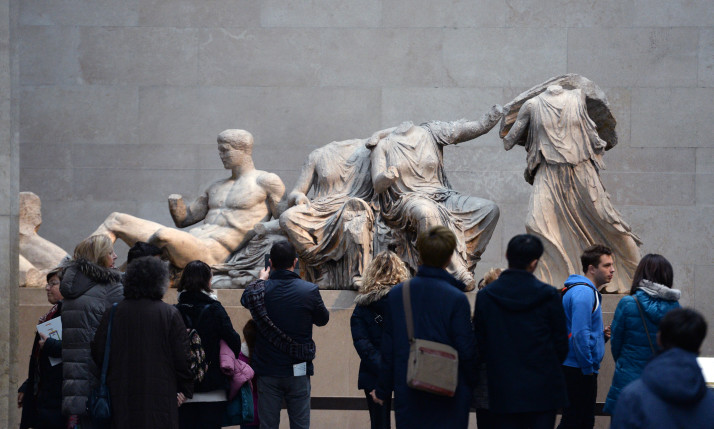
Great Legacy: Egypt receives ancient stolen limestone relief from UK
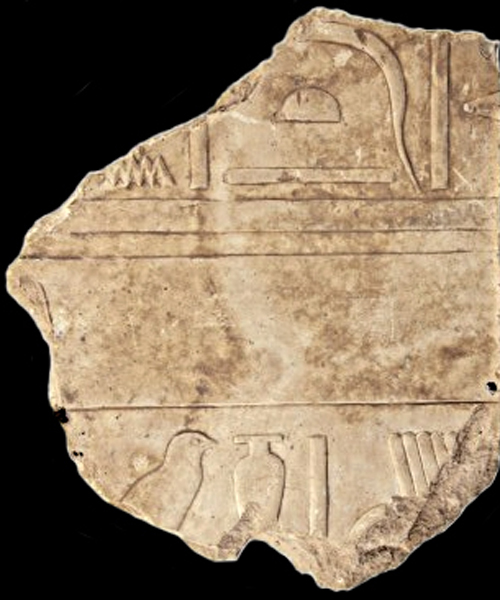
Iraq: Reports of third ancient site looted by IS militants

Southern Europe: Getty Museum returns head of Greek statue to Italy
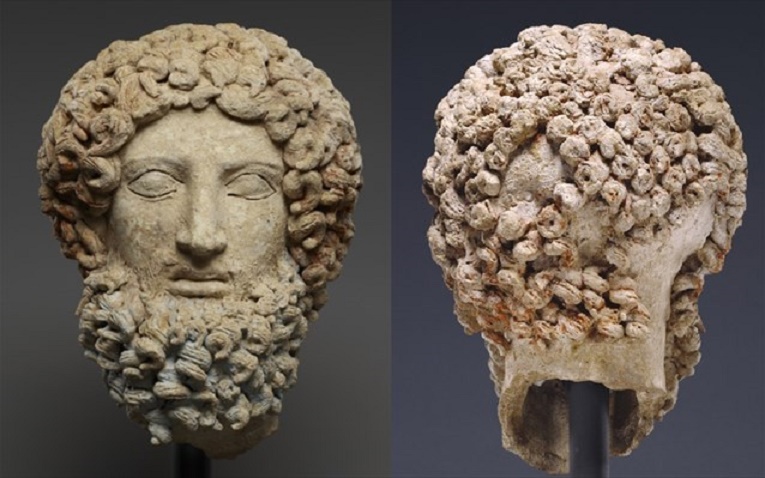
Great Legacy: First Chinese imperial firearm ever to appear at auction sells for US$2.5 million

India: Australian gallery identifies looted Indian treasures

Near East: Egypt receives 3,200-year-old relief from UK

Iraq: IS militants bulldoze Assyrian city of Nimrud

Great Legacy: 'Eternal Sites: From Bamiyan to Palmyra' at the Grand Palais, Paris
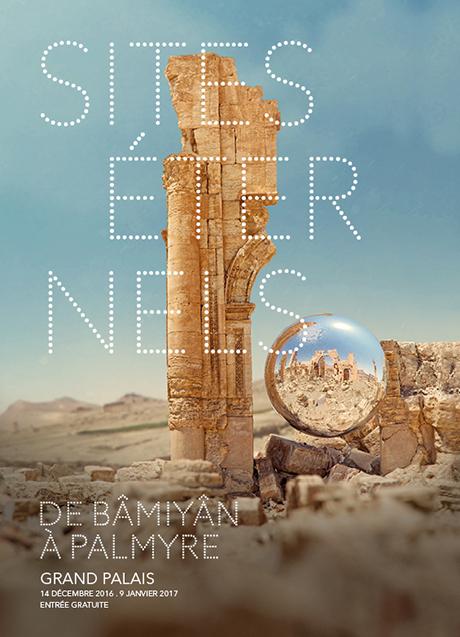
Libya: Mafia offers rifles to jihadists for Libyan treasures

UK: Britain demands France return 'Joan of Arc’s ring'

Near East: Antiquities market on alert for looted Syrian spoils

Near East: 3D images of Syrian archaeological treasures go online

More Stuff: Is Greece about to lose the Parthenon Sculptures forever?

More Stuff: Telegraph: Greece has no legal claim to the Elgin Marbles
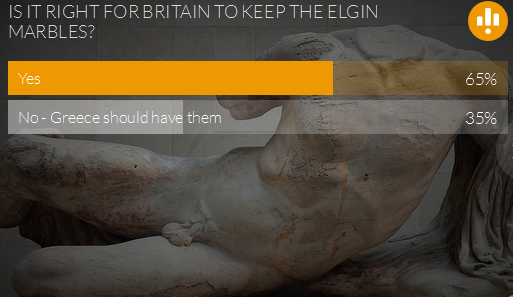
United Kingdom: Greece will not go to court over Marbles, says minister

Jordan: Drone offers glimpse of looting at Jordanian site
